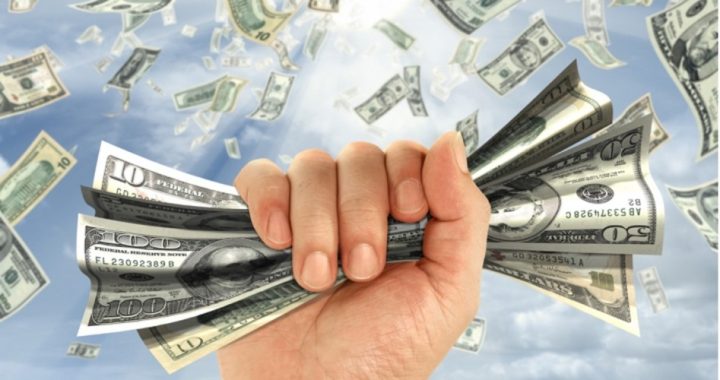
The U.S. Bureau of Labor Statistics (BLS) reported on Friday that prices at the retail level in August increased at an annual rate of nearly five percent in August.
Retail prices dropped when the shutdown began and demand for retail items such as gas and services such as restaurants fell like stones. People nearly stopped buying, preferring to stash their “stimulus” checks from the government in savings or use them to pay off credit card debt.
In response, the government, with the help of the Federal Reserve, dumped massive amounts of newly created digital currency into the economy, hoping that the infusion would quickly revive it once the infection risk had passed.
Now that that perceived risk has abated, citizens are coming out of their homes and basements and spending, making up for lost time. They’re buying used cars as the supply of new ones diminished during factory shutdowns, driving prices up at rates not seen in years. The home-building industry is seeing the same thing: low supply, increasing demand. In nearly every market, prices for new and previously-owned homes are setting records.
All of which is beginning to show up across the economy. Said the bureau:
The energy index rose 0.9 percent in August as the gasoline index rose 2.0 percent. The food index rose 0.1 percent in August after falling in July; an increase in the food away from home index more than offset a slight decline in the food at home index.
The index for all items less food and energy rose 0.4 percent in August after increasing 0.6 percent in July. The sharp rise in the index for used cars and trucks accounted for over 40 percent of the increase; the indexes for shelter, recreation, household furnishings and operations, apparel, motor vehicle insurance, and airline fares also rose.
The indexes for education and personal care were among the few to decline.
It takes two things for prices to increase: an increase in the supply of money (infation); and consumers’ willingness to spend it rather than save it. The formula is esoteric: MV equals PQ. In layman’s language, the money supply times its velocity (the times a unit of the currency is spent or turned over during a specific period of time) equals the price of goods and services multiplied by the quantity of each unit purchased over that same time period.
The “v” — the velocity — fell sharply during the shutdown as one might expect. And it’s showing up in the backward-looking report from the St. Louis Fed, which tracks it. In the first quarter of 2020, the velocity was nearly 1.5, meaning that a unit of currency was being spent one-and-a-half times during that quarter. In the second quarter of 2020 the ”v” fell to just 1.1, a startling decline of 25 percent.
But this is a backward-looking number. With the Fed pouring trillions of dollars into the economy it was just a matter of time before the loss of value of each unit of currency — the dollar — would begin losing value.
When The New American first covered this phenomenon a month ago, we asked, “How fast will consumers’ dollars lose value through those price increases [that are] just now showing up at both the producer and consumer levels?”
Now we know. At the present rate prices are increasing at the retail level, a dollar today will be worth just 95 cents a year from today, and probably less.
Photo: ktsimage/iStock/Getty Images Plus
An Ivy League graduate and former investment advisor, Bob is a regular contributor to The New American primarily on economics and politics. He can be reached at [email protected].
Related article:
Producer and Consumer Prices Jumped in July Much More Than Expected



